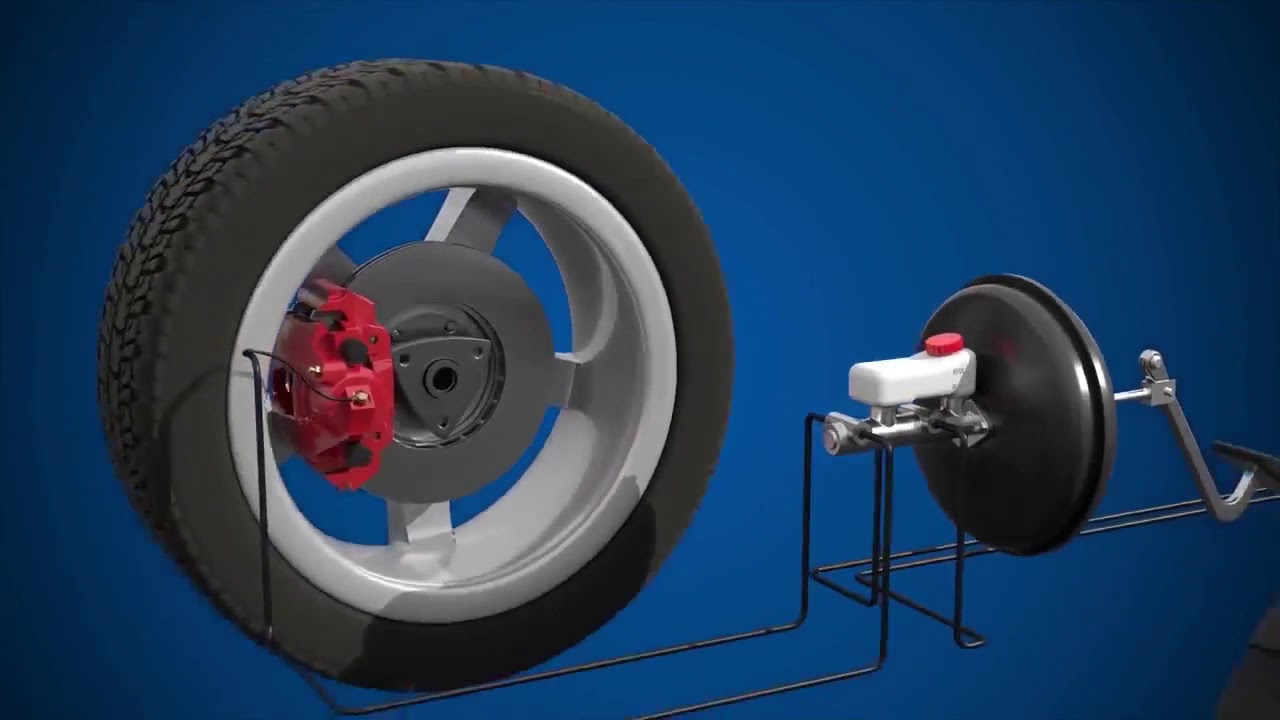
1. Introduction to Construction Vehicles
The Importance of Construction Vehicles in the Industry
Construction vehicles play a crucial role in the development and progress of the construction industry. These vehicles are designed to perform a variety of tasks, from excavation and material handling to lifting heavy loads and transporting materials. By utilizing different types of construction vehicles, construction projects can be completed more efficiently and with greater precision.
The Evolution of Construction Vehicles Over Time
The history of construction vehicles dates back to ancient times when simple tools and techniques were used for construction purposes. However, with technological advancements, the construction industry has witnessed a significant evolution in the design, functionality, and capabilities of construction vehicles. From basic hand tools to complex machinery, innovation has revolutionized the construction industry.
The Role of Technology in Advancing Construction Vehicles
In recent years, technology has played a crucial role in the advancement of construction vehicles. The integration of cutting-edge technologies, such as GPS, telematics, and advanced hydraulic systems, has improved the efficiency, safety, and productivity of construction vehicles. These technological advancements have allowed construction companies to achieve higher levels of accuracy, optimize fuel consumption, and reduce downtime.
2. Excavators: Unleashing the Power of Digging
An Overview of Excavators and Their Components
Excavators are versatile construction vehicles that are primarily used for digging, excavating, and earthmoving tasks. They are equipped with a boom, stick, and bucket, which are controlled by hydraulic systems. The boom extends vertically, while the stick provides horizontal movement, and the bucket attached at the end of the stick is used for excavating and loading materials.
The Different Types of Excavators and Their Uses
There are various types of excavators available in the construction industry. Mini excavators are compact and ideal for small-scale projects, while standard excavators are commonly used in medium to large-scale construction projects. Long-reach excavators have an extended boom arm, making them suitable for tasks that require a longer reach. Wheeled excavators offer increased mobility and are often used in road construction projects.
Exploring Cutting-Edge Excavator Technologies
The advancements in technology have led to the development of sophisticated features in modern excavators. Some of the cutting-edge technologies include GPS guidance systems, hydraulic quick couplers for faster attachment changes, and telematics for remote monitoring and diagnostics. These technologies enhance the precision, efficiency, and safety of excavators in construction operations.
3. Cranes: Lifting the Weight of Construction
Understanding the Different Types of Cranes
Cranes are essential construction vehicles used for lifting and moving heavy objects vertically and horizontally. There are several types of cranes, each designed for specific purposes. Tower cranes are commonly seen in tall building construction projects, while mobile cranes are versatile and can be easily transported to different construction sites. Other types of cranes include crawler cranes, rough terrain cranes, and floating cranes.
The Applications and Limitations of Cranes on Construction Sites
Cranes play a vital role in construction sites by enabling the efficient movement of heavy materials and equipment. They are used for tasks such as lifting steel beams, concrete panels, and machinery to higher levels. However, cranes also have limitations, including restricted reach and weight capacity based on their design and configuration. Safety considerations and proper planning are crucial to ensure the effective and safe use of cranes on construction sites.
Noteworthy Advancements in Crane Technology
Advancements in crane technology have introduced several improvements in terms of lifting capacity, safety features, and maneuverability. Hydraulic systems have enhanced the lifting capabilities of cranes, allowing them to handle heavier loads. Anti-collision systems and advanced control interfaces provide greater safety for crane operators and surrounding personnel. Additionally, eco-friendly features, such as regeneration systems and electric-powered cranes, have reduced the environmental impact of crane operations.
4. Bulldozers: The Powerhouses of Earthmoving
An In-Depth Look at Bulldozers and Their Capabilities
Bulldozers are robust construction vehicles that are primarily used for pushing and moving large quantities of earth, rocks, and debris. They are equipped with a large, powerful blade at the front and sturdy tracks for stability and traction. Bulldozers can perform various tasks, including grading, leveling, and clearing land for construction projects.
The Various Uses of Bulldozers in Construction Projects
Bulldozers are widely utilized in construction projects for a range of applications. They are commonly employed in road construction, site preparation, and mining operations. Bulldozers can clear vegetation, create access roads, and level the ground, making them indispensable in shaping the landscape for construction projects.
Exploring Future Innovations in Bulldozer Design
As technology continues to advance, the future of bulldozer design looks promising. Efforts are being made to improve fuel efficiency by incorporating hybrid and electric power systems. Autonomous bulldozers are also being explored, which would allow for remote operation and increased safety. Additionally, advancements in blade design and automation are expected to enhance the precision and productivity of bulldozer operations.
Overall, construction vehicles are instrumental in the success of construction projects. From excavators and cranes to bulldozers, each type of vehicle serves a unique purpose and plays a vital role in various construction operations. The continuous evolution of construction vehicles and the integration of advanced technologies are driving the industry forward, increasing efficiency, safety, and productivity. As construction projects become more complex, the demand for innovative construction vehicles continues to grow, pushing manufacturers to develop cutting-edge solutions for the construction industry.
FAQ
Question: What are construction vehicles? – Construction vehicles are specialized vehicles designed to perform various tasks in the construction industry, such as excavation, material handling, lifting heavy loads, and transporting materials.
Question: How have construction vehicles evolved over time? – Construction vehicles have evolved significantly over time with technological advancements. From simple hand tools to complex machinery, innovation has revolutionized the design, functionality, and capabilities of construction vehicles.
Question: What role does technology play in advancing construction vehicles? – Technology plays a crucial role in advancing construction vehicles. Integration of cutting-edge technologies like GPS, telematics, and advanced hydraulic systems has improved efficiency, safety, and productivity. These advancements have allowed construction companies to achieve higher levels of accuracy, optimize fuel consumption, and reduce downtime.
Question: What are excavators and what are they used for? – Excavators are versatile construction vehicles primarily used for digging, excavating, and earthmoving tasks. They are equipped with a boom, stick, and bucket controlled by hydraulic systems. Excavators are commonly used in construction projects for tasks like digging foundations, trenching, and demolition.
Question: What are the different types of excavators and their uses? – There are various types of excavators available in the construction industry. Mini excavators are compact and ideal for small-scale projects, while standard excavators are commonly used in medium to large-scale construction projects. Long-reach excavators have an extended boom arm, making them suitable for tasks that require a longer reach. Wheeled excavators offer increased mobility and are often used in road construction projects.
Question: What are cranes and what are they used for? – Cranes are essential construction vehicles used for lifting and moving heavy objects vertically and horizontally. They are commonly used in construction sites for tasks such as lifting steel beams, concrete panels, and machinery to higher levels.
Question: What are the different types of cranes? – There are several types of cranes, each designed for specific purposes. Tower cranes are commonly seen in tall building construction projects, while mobile cranes are versatile and can be easily transported to different construction sites. Other types of cranes include crawler cranes, rough terrain cranes, and floating cranes.
Question: What are bulldozers and what are they used for? – Bulldozers are robust construction vehicles primarily used for pushing and moving large quantities of earth, rocks, and debris. They are commonly used in road construction, site preparation, and mining operations for tasks such as grading, leveling, and clearing land.
Useful Resources:
- Construction Executive
- Construction Dive
- Construction Equipment
- Construction Specifier
- Associated General Contractors
- American Society of Civil Engineers
- Construct-Ed
- CONEXPO-CON/AGG





